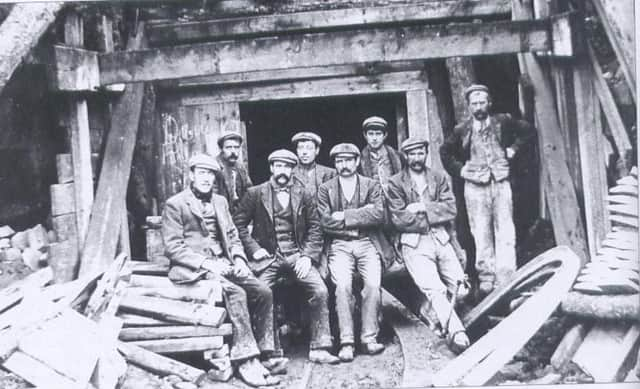Peak District’s lead mines theory in Vikings’ clash with Saxons


That’s the view of celebrity archaeologist Dr Cat Jarman who said: “I have a hypothesis that the Vikings may have been after control of the significant lead mines in Derbyshire: we know lead was popular and used extensively, e.g. to cast weights and gaming pieces. This could have included Wirksworth.”
During the ninth century the mines in Wirksworth were owned by Repton Abbey and when the abbey was destroyed by Danish troops in 874 they were taken by the Mercian king Ceolwulf.
Advertisement
Hide AdAdvertisement
Hide AdDr Jarman said: “We know the monastery at Repton had control over lead resources prior to the Viking Age and these may well have fallen into Viking hands...
“It has been proven that lead from England, most likely Derbyshire mines, ended up as artefacts in the Gokstad ship grave in Norway.”
Derbyshire was very much a border zone during the 9th and 10th centuries, being at the edge of the Danelaw which was under Viking rule. “Although it looks like there wasn’t much of a Viking presence in the West and North of the county, there is a smattering of Scandinavian place-names that show some of them must have settled there too,” said Dr Jarman.
Griffe Grange, near Brassington, takes its name from the old Norse word gryfja, meaning a hole or pit.
Advertisement
Hide AdAdvertisement
Hide AdRowland, near Great Longstone derives its moniker from the Norse words ra, meaning a roe or roe buck, landmark or boundary, and lundr meaning a small wood.
Kirk Ireton gets its name from the words iri, meaning an Irishman, probably a Norseman who had lived in Ireland, and kirkja meaning church.
Further afield, Flagg takes its name from the Norse word for turf or sod.
Dr Jarman, who has contributed to BBC TV Digging for Britain and Channel 4 TV’s Britain’s Viking Graveyard programmes, has written a book entitled The River Kings, which will be published by HarperCollins in 2020.
Advertisement
Hide AdAdvertisement
Hide AdAn authority on Viking women, she launched last week’s Repton Literary Festival with a talk about her unique finds during an archaeological dig in the village.
Repton has been the focus of several years of research by Dr Jarman who uses forensic techniques like isotope analysis, carbon dating, and DNA extraction on human remains to untangle the experiences of past people.
In her talk, Dr Jarman, who is a bioarcheologist at the University of Bristol, described how the Great Heathen Army of Vikings settled for a winter in Repton in 873 AD. She also spoke about the legendary Repton Warrior’s final resting place in the UK’s most famous Viking grave.